Image Credit: Bau Technologies
Image Credit: Bau Technologies The Berkeley bungalow before the retrofit. Tahan uses the Berkeley home to demonstrate Passivhaus efficiencies in both construction and ventilation. Show here are the home’s heat recovery ventilator and signs indicating how it transfers heat, generated from lighting and appliances, from stale outgoing air to fresh incoming air.
The bungalow on Grant Street in north-central Berkeley, California, was built in 1904 and exuded all of the drafty, creaky, cozy charm common to Craftsman homes of its vintage. There was a lot to like about the location and the house itself, but also, for architect Nabih Tahan, the Passivhaus advocate who happened to be its owner, a lot to fix.
Tahan teamed up with a Passivhaus-savvy colleague from his days at University of California, Berkeley, general contractor Christopher Polk, and in 2005 the two commenced a retrofit of the bungalow that brought it to Passivhaus standards and accommodated a rental unit on the ground floor.
The conversion included replacement of the leaky brick foundation with a fully sealed and properly insulated slab, framing of the ground floor with 2×6 FSC-certified studs (the second floor’s existing 2×4 exterior studs were retained), and the installation not only of a heat-recovery ventilator but also, to meet code requirements, electric baseboard heaters. The project became one of the first residential retrofits to Passivhaus standards in the U.S., Tahan wrote in an article on the project for the November/December 2008 issue of Home Energy magazine.
Pitching Passivhaus
For Tahan, who spent 13 years living in Austria and Ireland, where he studied Passivhaus construction, the Berkeley bungalow continues to serve as a springboard for discussions of the standard and as a demonstration model for Passivhaus performance, which significantly exceeds the requirements of California’s already-stringent Title 24 building code.
As noted in a recent story in the Marin Independent Journal, Tahan presents lectures and workshops on the subject for architects and builders throughout the state. His architecture firm, Bau Technologies, operates in collaboration with Weir/Andrewson Associates Inc., based in San Rafael, California, to offer consulting services for designing and building projects to the Passivehaus standard, including those based on prefab construction.
One recent Bay Area project that incorporates Passivhaus principals and comes close to the standard is a retrofitted two-bedroom in Point Reyes Station, near the western shore of Marin County. The home is owned by Community Land Trust Association of West Marin, whose mission is to expand housing opportunities for low- and moderate-income residents. The association also is building a second home from the ground up that it hopes will be constructed entirely to Passivhaus standards and will operate at net-zero energy.
The architect who designed the association’s retrofit, Graham Irwin, and the contractor on the project, Terry Nordbye, both of whom are based in Marin, have taken Tahan’s Passivhaus message to heart.
“I’ve been a builder for 30 years, and I’m a convert,” Nordbye told the Independent Journal. “It’s like no house I’ve ever been in. They are incredibly evenly tempered, with minimal fluctuations.”
Weekly Newsletter
Get building science and energy efficiency advice, plus special offers, in your inbox.

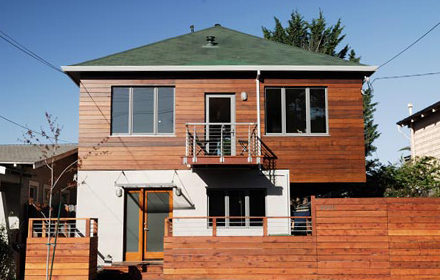




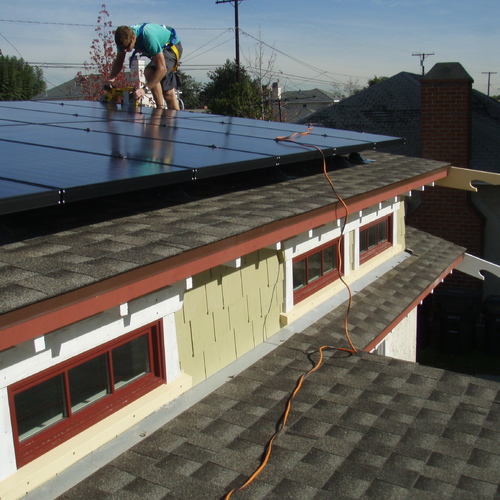
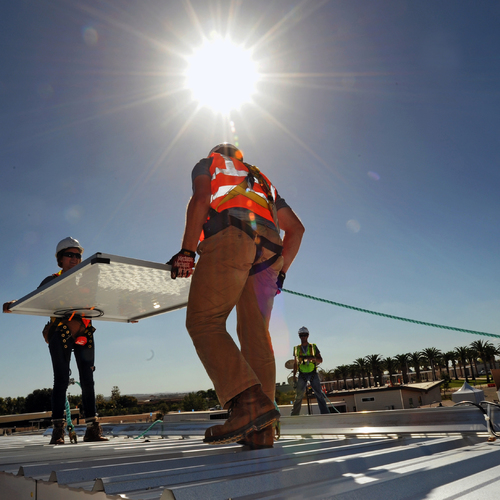
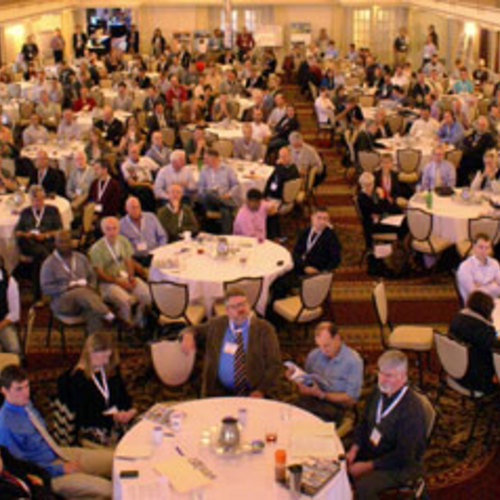
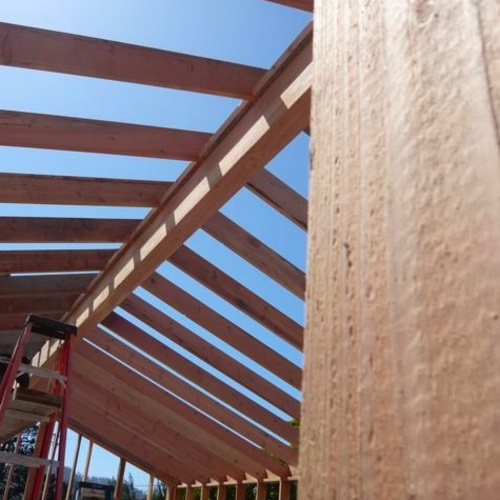






0 Comments
Log in or create an account to post a comment.
Sign up Log in